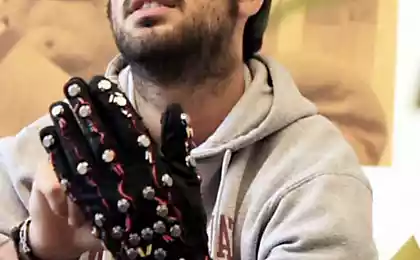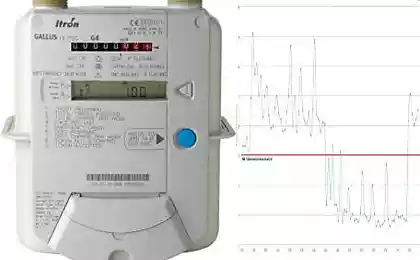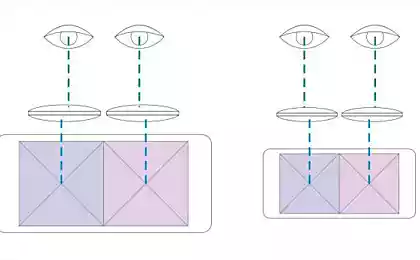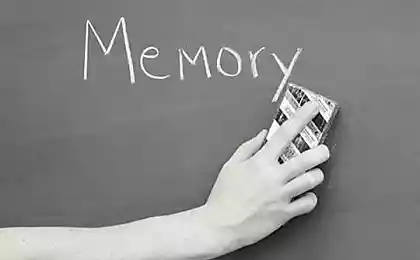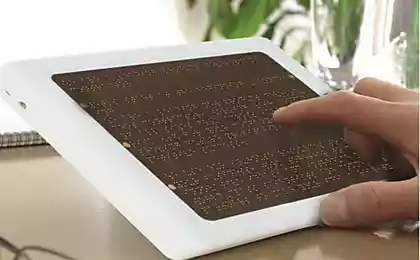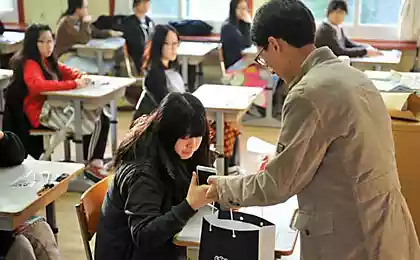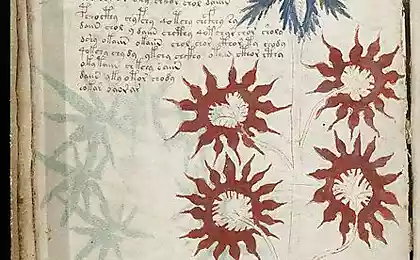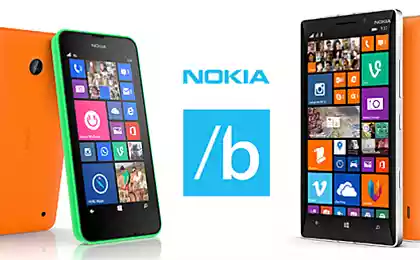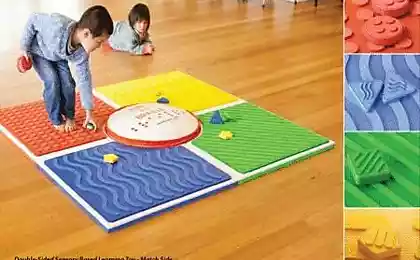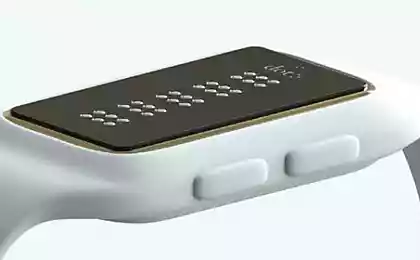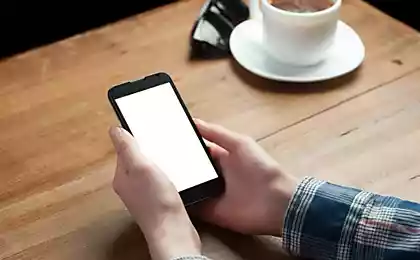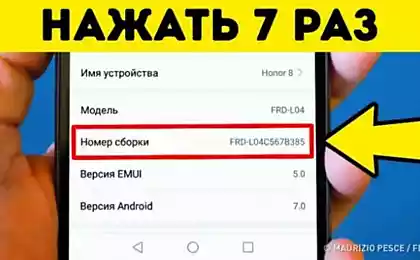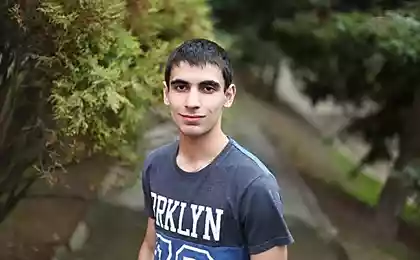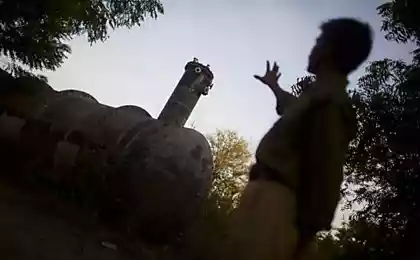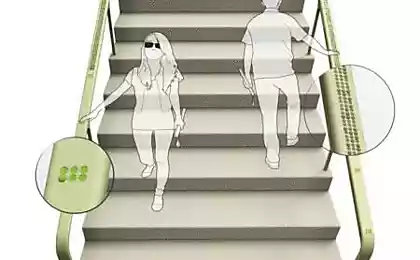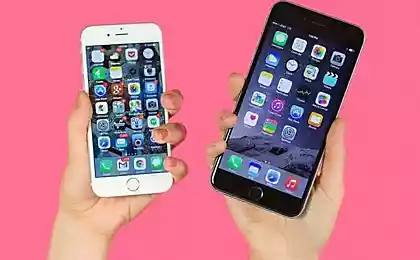505
Created the first smartphone for the blind
The world's first smartphone for people with poor or lost vision is ready and will soon be available in India. The device is distinguished by its "screen", which is a grid of contacts that form Braille.
Mr. Dagar, who is a graduate student of National Institute of design, said that the main motivation to the creation of a smartphone for the blind was the simple desire to make technology accessible to all. He hopes that his work will help those who have lost vision due to age-related changes or diseases. To create this smartphone it has joined forces with specialists from the Institute of Technology of Delhi. Currently they have created the prototype of the "Braille smartphone" is checked at the Institute of ophthalmology in Hyderabad and has already received a lot of positive feedback.
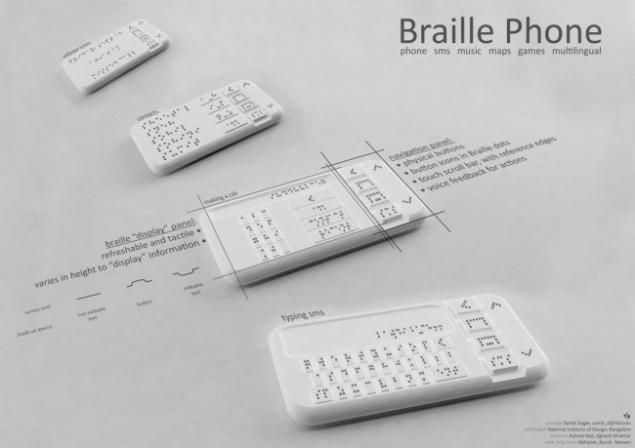
In the future, the Sumit Dagar intends to develop more sophisticated models that will offer even more opportunities for blind people. It should be noted that the development of this smartphone at the Dagar and his team of six people took three years.
The smartphone technology is implemented Shape Memory Alloy, which laid the basis for the shape memory effect (the phenomenon of return to original shape when heated, which is observed in some materials after pre-strain).
Screen smartphone if the screen includes a grid of contacts, located from top to bottom in accordance with the requirements. This mesh represents the Braille alphabet and various contacts are responsible for certain letters or symbols.
The screen is a kind of translator and it can translate plain text containing all the usual letters, in Braille and Vice versa.
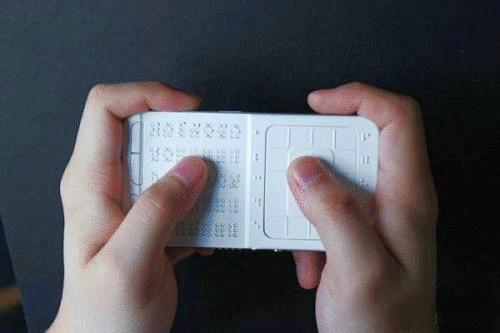
Source: /users/740
Mr. Dagar, who is a graduate student of National Institute of design, said that the main motivation to the creation of a smartphone for the blind was the simple desire to make technology accessible to all. He hopes that his work will help those who have lost vision due to age-related changes or diseases. To create this smartphone it has joined forces with specialists from the Institute of Technology of Delhi. Currently they have created the prototype of the "Braille smartphone" is checked at the Institute of ophthalmology in Hyderabad and has already received a lot of positive feedback.

In the future, the Sumit Dagar intends to develop more sophisticated models that will offer even more opportunities for blind people. It should be noted that the development of this smartphone at the Dagar and his team of six people took three years.
The smartphone technology is implemented Shape Memory Alloy, which laid the basis for the shape memory effect (the phenomenon of return to original shape when heated, which is observed in some materials after pre-strain).
Screen smartphone if the screen includes a grid of contacts, located from top to bottom in accordance with the requirements. This mesh represents the Braille alphabet and various contacts are responsible for certain letters or symbols.
The screen is a kind of translator and it can translate plain text containing all the usual letters, in Braille and Vice versa.

Source: /users/740
